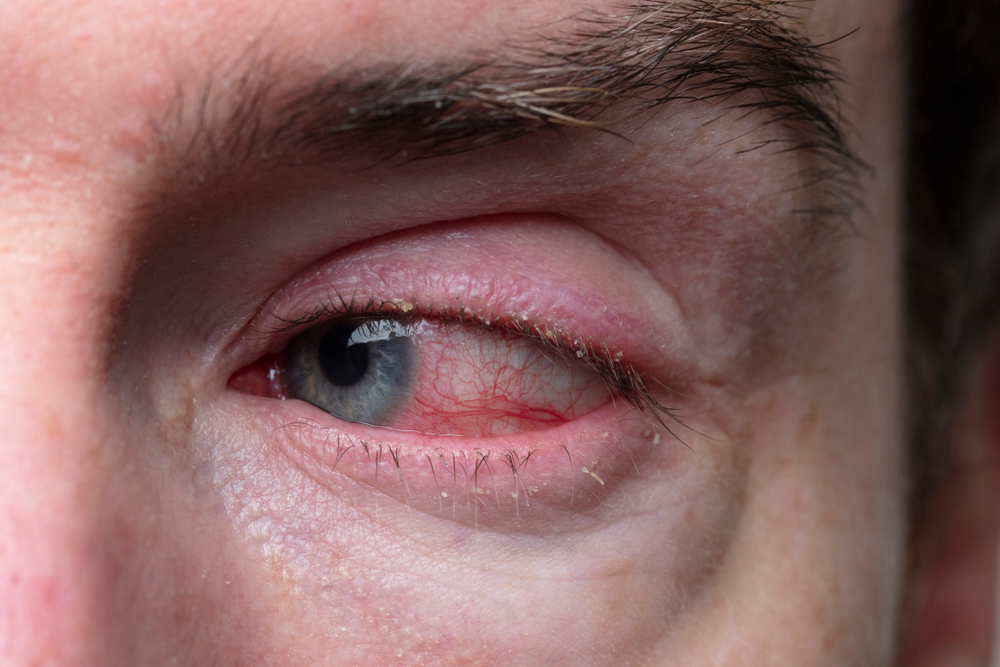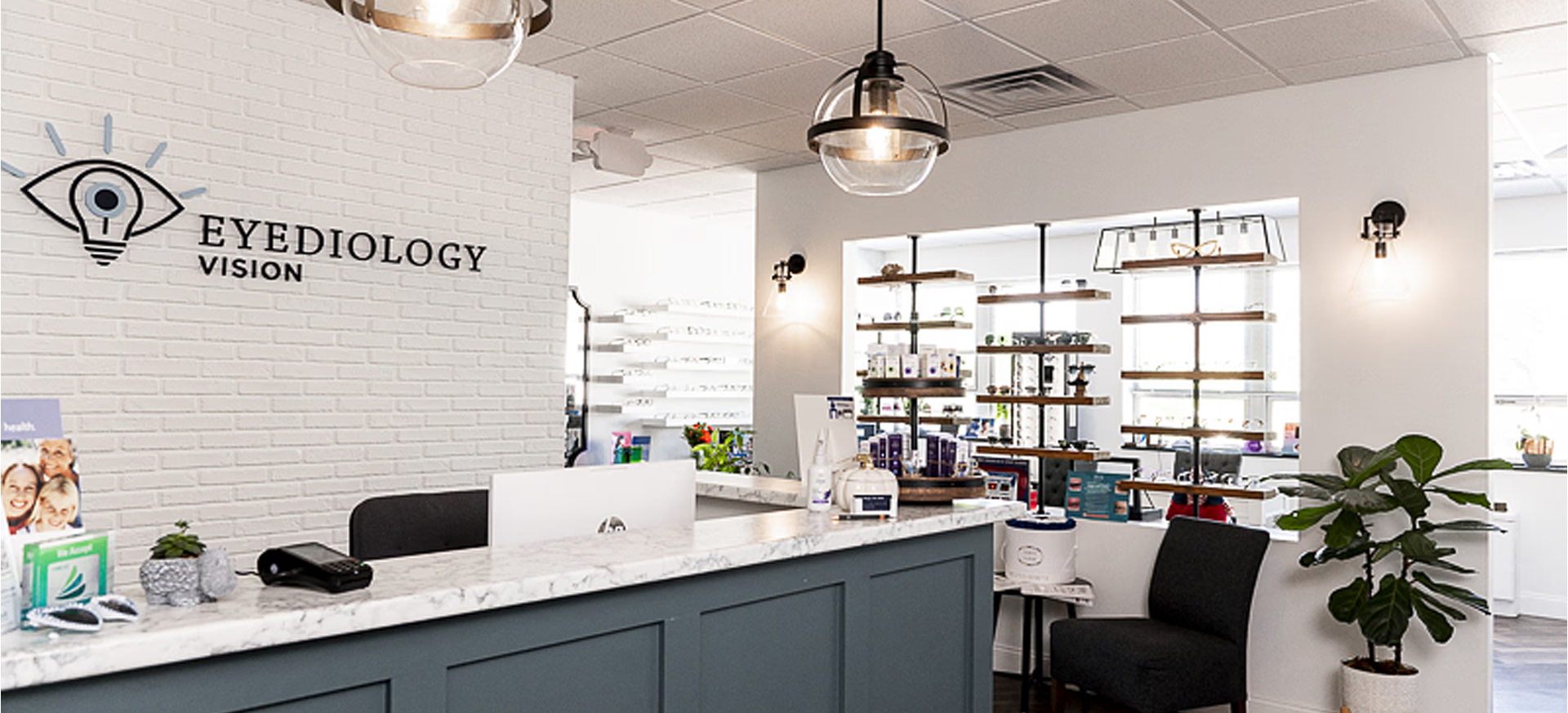Request An AppointmentRequest An AppointmentRequest An AppointmentRequest An AppointmentRequest An Appointment

Pink eye, medically known as conjunctivitis, is a common eye condition that affects millions of people worldwide. It is characterized by redness, itching, and swelling of the conjunctiva, the thin transparent layer that covers the white part of the eye and the inner surface of the eyelid. Understanding the different types of pink eye and their distinguishing features is crucial for proper diagnosis and treatment.
What Causes Pink Eye?
Pink eye can be caused by several different factors, including viral infections, bacterial infections, and allergic reactions. Viral pink eye is the most common type and is often associated with the common cold or flu. It is highly contagious and spreads easily from person to person through direct contact or exposure to respiratory droplets.
Bacterial pink eye is caused by various types of bacteria, such as Staphylococcus aureus or Streptococcus pneumoniae. It can also be transmitted through direct contact with contaminated surfaces or objects.
Allergic pink eye, on the other hand, is triggered by an allergic reaction to substances like pollen, dust mites, pet dander, or certain medications.
Understanding Viral Conjunctivitis
Viral pink eye is typically characterized by redness, watery discharge, and itching in both eyes. The symptoms often start in one eye and then spread to the other eye within a few days. Unlike bacterial pink eye, viral pink eye does not usually produce thick, yellowish discharge. Instead, the discharge is typically clear and watery.
Unfortunately, there is no specific treatment for viral pink eye. It usually resolves on its own within one to two weeks. However, to alleviate symptoms and prevent complications, over-the-counter lubricating eye drops, or artificial tears can be used to keep the eyes moisturized. Additionally, applying a warm compress to the affected eye can help relieve discomfort.
What is Bacterial Pink Eye?
Bacterial pink eye is typically characterized by redness, swelling, and a thick, yellowish discharge that accumulates overnight, causing the eyelids to stick together. Unlike viral pink eye, bacterial pink eye usually affects one eye initially and then spreads to the other eye. It can also be accompanied by symptoms such as eye pain, blurred vision, and swollen lymph nodes.
To differentiate bacterial pink eye from other types, it is important to consider the presence of a thick discharge and the severity of symptoms. Bacterial pink eye tends to cause more discomfort and irritation compared to viral or allergic pink eye. Additionally, bacterial pink eye can sometimes be associated with an upper respiratory infection or a recent eye injury.
Bacterial pink eye requires prompt medical attention, as it can lead to more serious complications if left untreated. An optometrist will typically prescribe antibiotic eye drops or ointment to combat the bacterial infection. It is important to follow the prescribed dosage and complete the full course of treatment to ensure that the infection is fully eradicated.
In addition to antibiotic treatment, warm compresses can be applied to the affected eye to alleviate discomfort and reduce swelling. It is essential to practice good hygiene by frequently washing hands, avoiding touching the eyes, and not sharing personal items such as towels or pillowcases to prevent the spread of bacterial pink eye.
Allergic Pink Eye: Causes and Symptoms
Allergic pink eye, also known as allergic conjunctivitis, occurs when the conjunctiva becomes inflamed due to an allergic reaction. It can be triggered by allergens such as pollen, dust mites, pet dander, or certain medications. Allergic pink eye is not contagious and is typically associated with other allergy symptoms, such as sneezing, a runny nose, and itchy skin.
The symptoms of allergic pink eye include redness, itching, tearing, and swelling of the conjunctiva. The eyes may feel watery, and there may be a stringy or mucus-like discharge. In some cases, individuals may also experience a burning sensation in the eyes or sensitivity to light.
When to See an Optometrist for Pink Eye
While some cases of pink eye may resolve on their own, it is crucial to know when to seek medical attention. You should consider visiting an optometrist or ophthalmologist if:
- Your symptoms worsen or do not improve after a few days.
- You experience severe pain or blurred vision.
- Your eyes become sensitive to light.
- You have a weakened immune system or chronic health condition.
- You suspect that your pink eye is caused by a foreign object or eye injury.
- You have recurrent episodes of pink eye.
Your optometrist will evaluate your symptoms, conduct a thorough examination, and determine the appropriate course of action. They may prescribe medications, recommend home remedies, or provide additional guidance based on the underlying cause of your pink eye.
Schedule Your Consultation with Eyediology Vision Today
Pink eye, whether viral, bacterial, or allergic, can cause discomfort and interfere with daily activities. Understanding the differences between these types of pink eye is essential for proper diagnosis and treatment. If you suspect that you have pink eye, it is important to consult an optometrist for an accurate diagnosis and appropriate treatment. Early intervention can help alleviate symptoms, prevent complications, and promote a speedy recovery.
If you are experiencing symptoms of pink eye, schedule a consultation today. Visit Eyediology Vision at our office in Providence, Rhode Island. Call (401) 903-4100 to book an appointment today.














